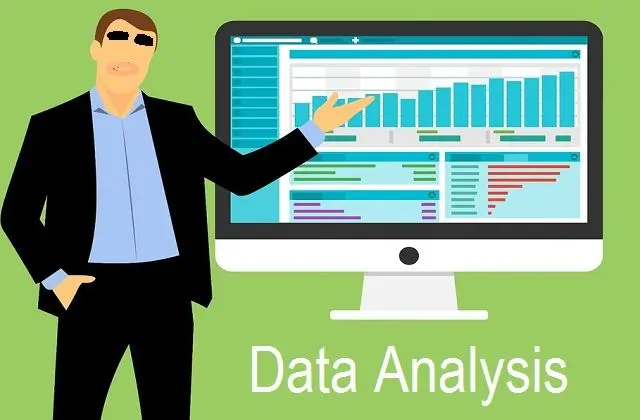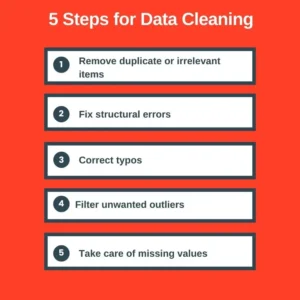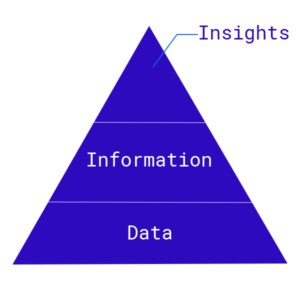Data analytics has become an increasingly important tool for businesses looking to gain valuable insights into their operations and make data-driven decisions. By analyzing data from multiple sources, businesses can gain insights into customer behaviour, market trends, and business performance. However, for those new to data analytics, it can be challenging to know where to start.

In this context, this article will provide a step-by-step guide on how to start using data analytics in your business. From identifying your business objectives to choosing the right tools and analyzing your data, this guide will provide you with the necessary information to help you get started with data analytics.
Steps to Start Using Data Analytics
1. Identify your business objectives
Before you start any data analytics project, you need to have a clear understanding of your business objectives. What are the questions you want to answer? What insights do you hope to gain? By identifying your business objectives upfront, you can ensure that you are collecting and analyzing the data that is most relevant to your business.
2. Determine the data you need

Once you have identified your business objectives, determine the data you need to answer your questions and gain insights. This may involve collecting data from multiple sources, such as your website, social media, customer databases, or sales records. The key is to collect data that is relevant, accurate, and timely.
3. Choose a data analytics tool
There are many data analytics tools available, ranging from simple spreadsheet programs to complex business intelligence software. When choosing a tool, consider factors such as the complexity of your data, your budget, and the level of technical expertise required. Some popular data analytics tools include Microsoft Power BI, Tableau, and Google Analytics.
4. Clean and prepare your data

Before you can analyze your data, you need to ensure that it is clean and free from errors. This may involve removing duplicates, correcting errors, and standardizing formats. Data cleaning and preparation can be a time-consuming process, but it is essential to ensure that your data is accurate and reliable.
Also read : Reasons Why Data Analytics is Important
5. Analyze your data
Once your data is clean and prepared, you can begin analyzing it using your chosen data analytics tool. This may involve creating charts, graphs, or other visualizations, and running statistical analysis to identify patterns and trends. The key is to use the data to answer your business questions and gain insights that can inform your decision-making.
6. Draw insights and make decisions

Use the insights gained from your data analytics to make informed decisions that drive your business forward. Share your findings with stakeholders and use them to guide your business strategy. The goal is to use the data to make better, more informed decisions that are grounded in data.
7. Continuously monitor and refine your approach
Data analytics is an ongoing process, and you should continuously monitor and refine your approach to ensure that you are getting the most value from your data. Set up regular reviews and use your findings to improve your business operations. This may involve adjusting your data collection methods, refining your analysis techniques, or changing your business strategy based on new insights gained from your data.
Conclusion
In conclusion, data analytics is a valuable tool for businesses looking to gain insights into their operations and make data-driven decisions. By following the steps outlined in this guide, businesses can start using data analytics to identify patterns, trends, and opportunities within their data. From identifying business objectives and determining the data needed to analyzing and drawing insights, businesses can use data analytics to inform decision-making and drive business success.
It’s important to note that data analytics is an ongoing process, and businesses should continuously monitor and refine their approach to ensure they are getting the most value from their data. With the right tools and a solid understanding of the data analysis process, businesses can leverage data analytics to gain a competitive advantage in their industry.



